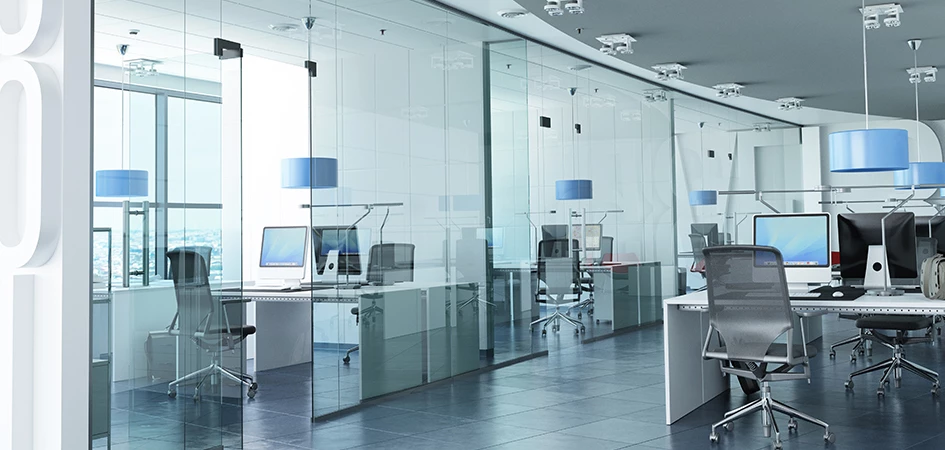If We’re All Working From Home Because Of COVID-19, Who’s Securing The Office?

Trustwave Research Reveals Cybersecurity Risks Threatening Patient Lives in Healthcare. Learn More
Get access to immediate incident response assistance.
Get access to immediate incident response assistance.
Trustwave Research Reveals Cybersecurity Risks Threatening Patient Lives in Healthcare. Learn More

As this period of global lockdown drags on, and the reality dawns that we are not going to be back in the office anytime soon, it’s time to think about that yogurt someone left in the office fridge, the fish tank behind reception — and most importantly, the physical security of your workplace.
In all likelihood we are in for a pretty unpleasant clean up on the flip side of this, and whilst there’s plenty of coverage on the cyber risks of working from home, there is a much more pressing issue that many organizations haven’t given any thought to.
In now empty offices, there are a slew of devices with blinky lights, whirring away quietly. Printers, switches, routers, servers, monitors, NAS devices, meeting room displays, VC equipment, smart displays, TV’s…. you name it. All of them are consuming power — but more importantly, all of them may now be a flight risk.
There is no gentle way to put this, but as the number of unemployed people rises sharply, it’s a given that the incentives to commit crime will increase. If your organization is forced to make people redundant, there is a chance that some of them will be aggrieved and may seek to use their knowledge of your organization to embarrass or defraud you.
So just how secure is your office physically right now? Could someone let themselves in and help themselves to anything lying around, or worse steal information by hacking away from the inside of your office at their leisure?
We have already seen several stores around the world boarding up windows in anticipation of possible looting, but how many of us have considered the risk to our now empty offices?

As someone who has broken in to several physical offices (as part of a legitimate security test), I can tell you it’s surprisingly easy, and that the biggest challenge is often, not in actually gaining access, but the risk of, and frankly the fear of being seen and challenged in the process. That risk dynamic has just changed, because the chances of being seen and challenged have seriously diminished. Furthermore, the likely time between a break in, and it being subsequently discovered and reported has also increased, meaning that the chance of being caught has also reduced.
One method we regularly employ is to gain entry to an office and locate the server room before connecting a small cheap discrete device that looks innocuous but allows us to connect remotely over a 4G modem, and hack away at the internal network from the comfort of our own home.
That said, a far more likely scenario is that someone who is able to gain access to your office will be looking to steal anything they can carry easily, and sell for the highest return, and so laptops and Network Attached Storage (NAS) devices are ideal targets. Because both potentially have much higher value to your organization from an information perspective, they should be of particular concern.
So here are some of my tips on addressing these risks. Remember to ensure that where this necessitates a trip in to the office, you understand your local laws on what is considered essential, and take care of yourself, wash/sanitize your hands etc.
Review the physical security of your office
Review the physical security of your comms room
Check the physical security of your office network
Limit the risk of data exposure
Don’t forget the flora and fauna.
Remember to capitalize on lessons learned, by updating your business continuity plan (BCP) where salient.
With a breadth of experience, Trustwave can help you secure your operations to help you meet the unique challenges of the COVID-19 pandemic. Learn more about how Trustwave can help here.
Eric Pinkerton is Director, Consulting & Professional Services (Pacific)
Trustwave is a globally recognized cybersecurity leader that reduces cyber risk and fortifies organizations against disruptive and damaging cyber threats. Our comprehensive offensive and defensive cybersecurity portfolio detects what others cannot, responds with greater speed and effectiveness, optimizes client investment, and improves security resilience. Learn more about us.
Copyright © 2025 Trustwave Holdings, Inc. All rights reserved.